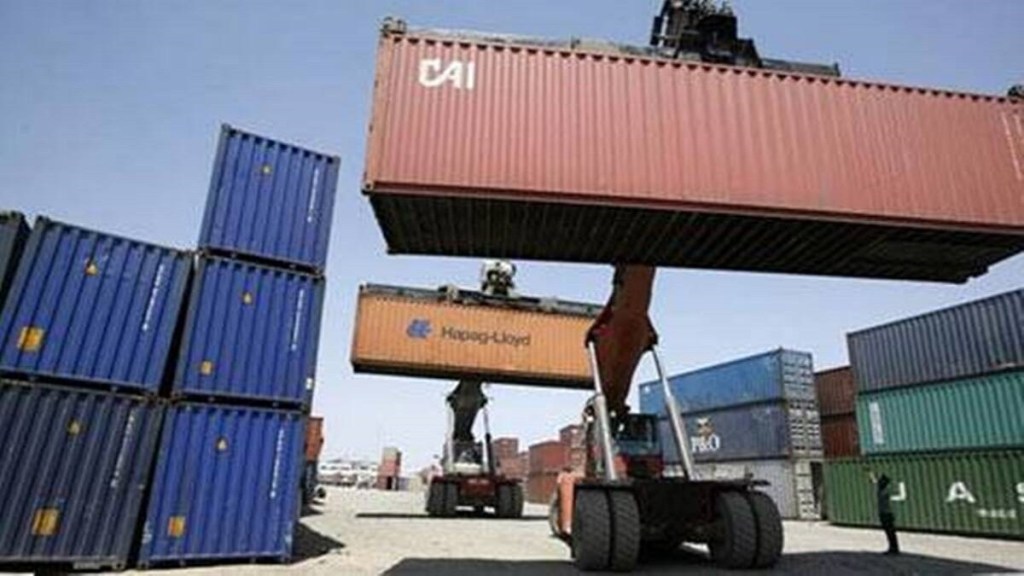By Ajay Sahai
The department of commerce has reportedly asked for an extension of the RoDTEP scheme for exporters, beyond September 2024. Ajay Sahai explains the contours of the scheme meant to neutralise the tax content in export products, and why it isn’t yet an open-ended one.
l What is the RoDTEP scheme for exporters?
IT IS ONE of the basic tenets of global trade that countries can opt for “zero-rating” their exports. RoDTEP (Remission of Duties and Taxes on Export Products) aims at zero-rating of exports to relieve any incidence of duties in exports. The basic customs duty, on inputs used in exports, is refunded through Duty Drawback/ Advance Authorisation /DFIA or through EOU/ SEZ schemes. GST is refunded via the IGST/ ITC refund mechanism. Any other tax not refunded through these is remitted through the RoDTEP scheme.
The primary objective of the scheme is to (a) offset the hidden taxes and duties borne by exporters which are not refundable through other mechanisms; (b) make Indian exports more competitive in the global market; (c) comply with WTO norms by replacing the Merchandise Exports from India Scheme (MEIS), which was facing challenges in terms of WTO compliance. Essentially, RoDTEP aims to create a level playing field for Indian exporters by reducing their cost of production and thereby enhancing their competitiveness in the international market.
l Taxes to be compensated under this
THE SCHEME AIMS to compensate the taxes at the central, state and local levels on the exported product, including prior stage cumulative indirect taxes on goods and services used in the production and distribution of the exported product. These includes (i) VAT and excise duty on the fuel used in self-incurred transportation costs; (ii) VAT and excise duty on the fuel used in generation of electricity via power plants or DG sets; (iii) VAT and excise duty on the fuel used in running of machineries/plant; (iv) electricity duty on purchase of electricity; (v) mandi tax/ municipal taxes/ property taxes; (vi) stamp duty on export documents; (vii) embedded GST on inputs with end product exempted from GST.
l Current validity
THE SCHEME WAS introduced on January 1, 2021 and has been extended from time to time with current validity up to September 30, 2024. The government is looking into extending the scheme to continue to provide competitiveness to exports, more so at a time when India is witnessing huge headwinds in global trade which are impacting its exports adversely.
l RoDTEP vs MEIS
MEIS WAS A promotional scheme to encourage exports of certain thrust sectors whereas RoDTEP is a duty remission scheme, compliant with the norms of WTO. The objective of the MEIS was to incentivise the export of the goods whereas the objective of RoDTEP is neutralise the taxes and duties suffered on exported goods which are otherwise not remitted in any manner.
l Why it needs a budget allocation
WHILE RoDTEP IS designed to be a zero-rating scheme, it is still subject to budget allocation as our resources are limited. The budget allocation for 2024-25 is about Rs 16,500 crore. Being a refund scheme, sufficient funds should be allocated to cover all sectors of exports at a rate which justifies the incidence of unrebated taxes.
l Applicability of the scheme
THE RoDTEP SCHEME is applicable on exports to all countries and currently, it covers 10,342 HS items. However, there are some sectors such as iron and steel, glass and glass products, apparel and madeups (covered by Rebate of State and Central Taxes and Levies), etc., which have not been given benefit under this scheme.
l Ports where it can be availed
THE RoDTEP IS designed on the backbone of the electronic interface and thus it only covers exports from electronic data interchange (EDI) ports. Exports from non-EDI ports are under the ineligible categories, thus impacting small exporters and small value shipments who generally use non EDI ports. If goods are sold online and physical export of the goods happens from an EDI port, RoDTEP can be availed by e-commerce exporters also.
The Indian Customs EDI System (ICES) is designed to exchange/transact customs clearance related information electronically using EDI, and is operational at 252 major customs locations handling nearly 98% of India’s international trade.
The writer is director-general and CEO, Federation of Indian Export Organisations.


